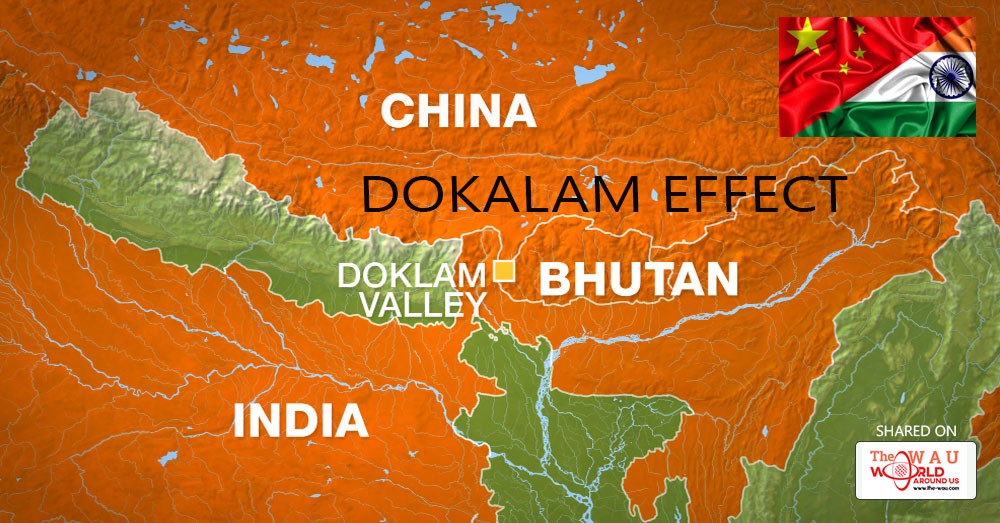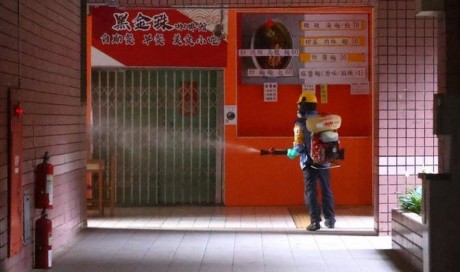The Army now wants a concerted push towards border infrastructure development in Uttarakhand and Himachal Pradesh as part of the overall plan for "capability enhancement" all along the 4,057-km Line of Actual Control (LAC) after the tense Doklam troop stand-off with China.
This is one of the crucial issues on the agenda of the ongoing Army commanders' conference, which is being chaired by General Bipin Rawat with all top Lieutenant Generals of the 11.73-lakh strong force, in the backdrop of both India and China maintaining high operational alerts and force-levels along the LAC despite "disengaging" at Doklam.
Defence minister Nirmala Sitharaman, who herself visited forward areas at the Sikkim-Bhutan-Tibet tri-junction last Saturday+ , assured the military brass she would "focus on capacity and capability development" and "closely monitor improvement in strategic infrastructure" while addressing the conference on Tuesday.
The Army, for one, needs full road connectivity to the four mountain passes of Niti, Lipulekh, Thangla-1 and Tsang-Chokla in Uttarakhand by 2020, with links to three other passes in the region being taken up thereafter, say sources.
There is also a proposal for "better command-and-control" of Army battalions and units spreading from the Karakoram Pass to Lipulekh by integrating them under one corps, with three divisions (15,000 soldiers each) under it, as well as improved inter-sector connectivity through lateral road links.
The 545-km long middle sector (Uttarakhand, Himachal) of the unresolved LAC has relatively been the most peaceful over the years, with India and China even exchanging maps of their "claimed lines" around 17 years ago. In contrast, several spots in the western (Ladakh) and eastern (Sikkim, Arunachal) sectors have emerged as major flashpoints with frequent troop face-offs.
Gen Rawat, incidentally, had just last month warned that China was flexing its muscles and would continue with its efforts to nibble away Indian territory through "salami slicing" and other measures.
China, of course, has assiduously built an extensive network of railway lines, highways, metal-top roads, air bases, radars, logistics hubs and other infrastructure in the entire Tibet Autonomous Region (TAR) to sustain over 30 divisions (each with over 15,000 soldiers), including five to six "rapid reaction forces" there.
The People's Liberation Army now also has requisite infrastructure for swift mobility of troops and weapon systems in western TAR opposite the middle sector of the LAC. "PLA has already connected four passes there, with its road-heads to another seven-eight passes being less than 5-km," said a source.
China has also re-organized its 2.3-million PLA into five theatre commands to crank up its offensive capabilities. Its Western Theatre Command now handles the entire LAC with India instead of the earlier Chengdu Military Region in the east and the Lanzhou Military Region towards the north.
But India has floundered in playing catch-up. Only 27 "strategic all-weather roads" (963-km) of the 73 (totalling (4,643-km) identified for construction along the LAC over 15 years ago, for instance, have been completed till now. Moreover, the long-proposed construction of 14 "strategic railway lines" for the western and eastern fronts has not even kicked off till now, as was earlier reported by TOI.
Share This Post












